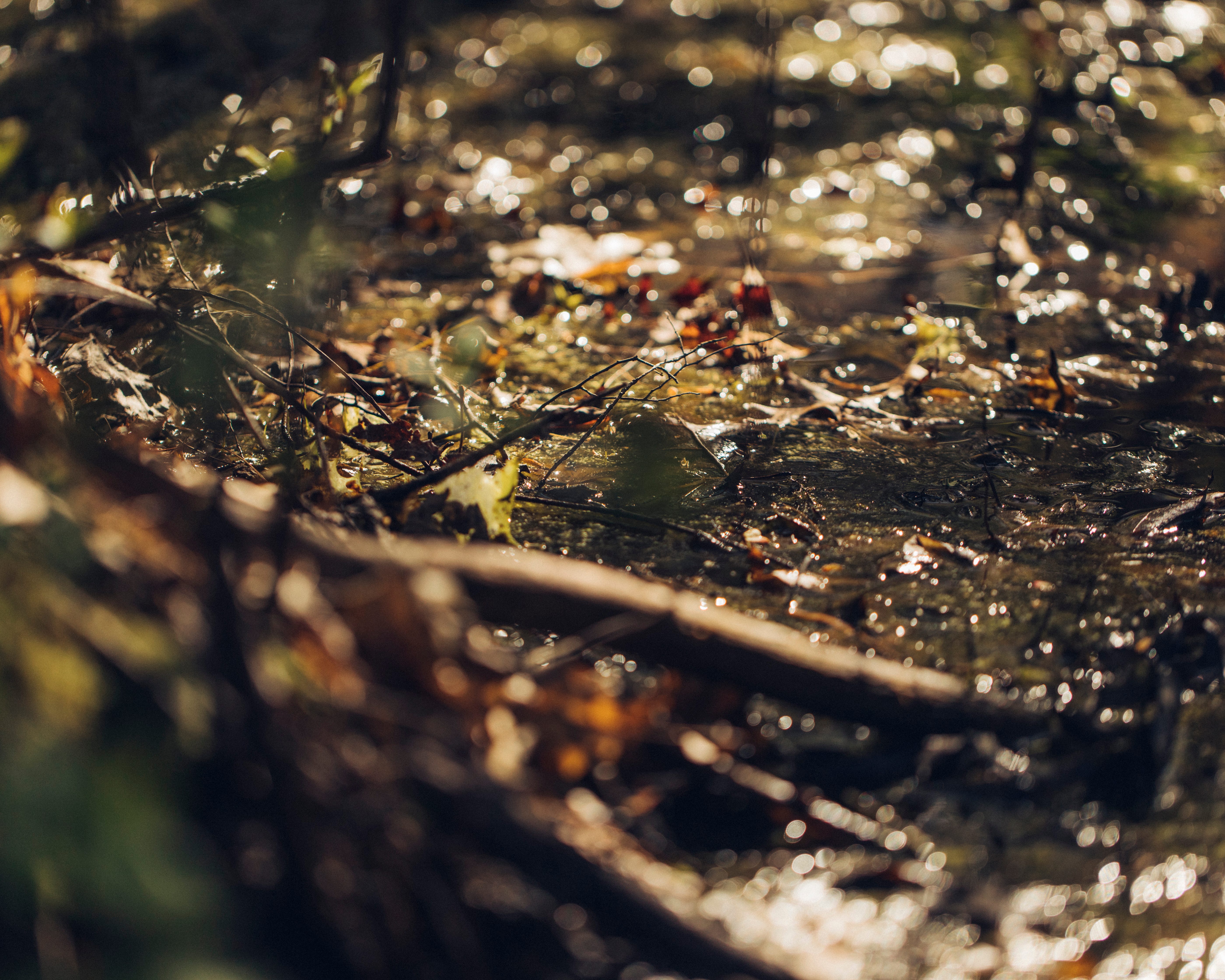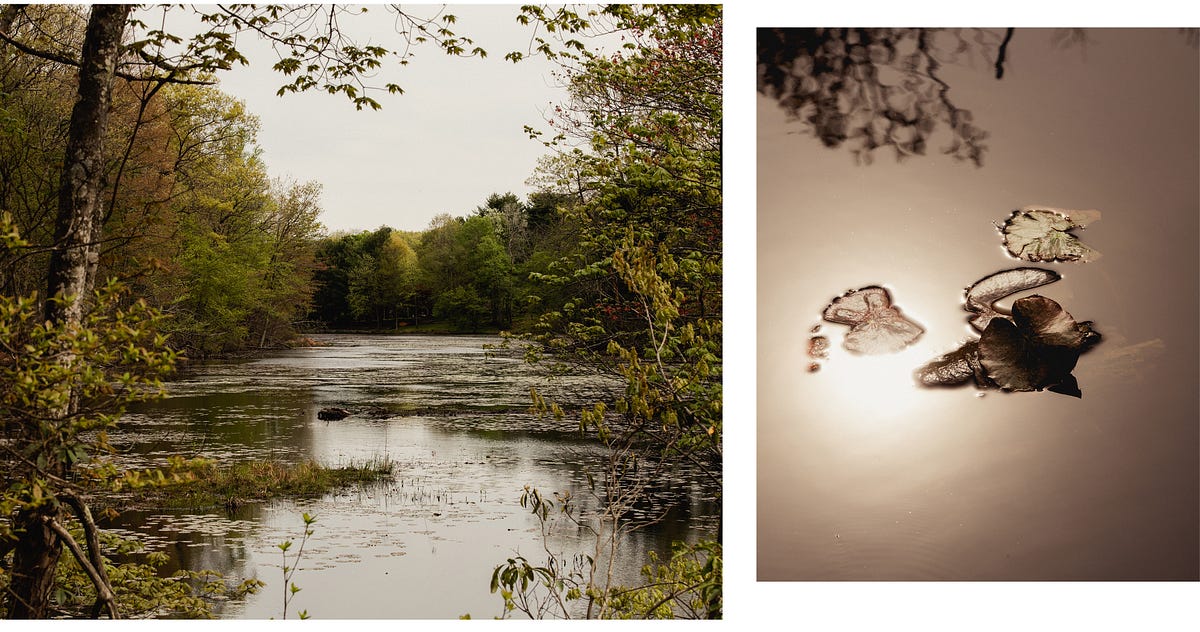In springtime, when the swamps behind the Mosman’s family home filled with fresh water, Keith, the eldest son, and Scott, his younger brother, would tramp barefoot through vernal pools in search of turtles, snakes, and frogs, returning hours later dotted with mosquito bites from the scourge that bred among the red maple tree roots. It was the 1970s, and Raynham, Massachusetts, where the Mosmans lived, was still a rural town. As the boys grew older, paddocks gave way to strip malls, apple orchards to housing developments. One year, their father filled the swamp in the backyard to build a swimming pool.
By the time Keith and Scott started their own families, the area was more or less a satellite suburb of Boston. But while the landscape of their childhood summers disappeared, the mosquitoes didn’t. They would still descend in June and not let up biting until the first frost in mid-fall. Keith and Scott both worked outside, so mosquitoes were just a fact of life during the intense, humid summers — a minor nuisance to be endured. Until last year.
On the first Friday of September 2019, Keith received an urgent call from Scott’s girlfriend. His brother had, without warning, collapsed on the floor in a violent seizure, foaming at the mouth. Paramedics had taken him to the ICU at Morton Hospital in Taunton, Massachusetts, where medical staff stabilized him but could not figure out what was causing his rapid deterioration.
Bullhead City, Arizona Was a Retiree Paradise. Then Came a Biblical Plague of Flies.
Meet the small, greasy insects upending life in an idyllic community.
Two days later, Scott was transferred via helicopter to Rhode Island Hospital, where an MRI scan revealed inflammation of the brain. Doctors performed a spinal tap and sent the sample to a lab for testing. Around one week later, a specialist delivered the diagnosis: Scott had contracted the eastern equine encephalitis (EEE) virus, which caused a severe brain infection. How had he caught such a devastating virus? A mosquito bite.
They would still descend in June and not let up biting until the first frost in mid-fall.
Keith had heard about the EEE virus, as it was called, on the radio throughout the summer but hadn’t paid much attention. In fact, Massachusetts was in the middle of its worst EEE outbreak in almost a century. There is no vaccine or known treatment for the virus, and while transmission is very rare, the infection is around 400 times deadlier than the flu. Those who contract EEE will die approximately 40% of the time; those who survive often suffer neurological impairment for years to come. Since the disease was first recorded in humans in 1938, there have been fewer than 100 cases statewide. Scott’s diagnosis brought the tally to 10 cases in 2019 alone, with mosquito season not yet over.

Pine Swamp in Raynham, Massachusetts, where the Massachusetts Department of Public Health traps mosquitoes for EEE testing. The mosquitoes nest and lay eggs in the pool of mucky water under the trees. Photo: Cody O’Loughlin
These numbers, of course, would soon be eclipsed by the outbreak of a novel coronavirus that spread unabated across the globe in late 2019 and into 2020. But in the summer of 2019, the EEE outbreak — which also spread across Connecticut, Rhode Island, New Jersey, and Michigan — interrupted the rhythm of everyday life in the Northeast. In a preview of the lockdown this year, public health officials made recommendations to take shelter indoors and avoid certain activities at dawn and dusk, while fear spread through communities and on social media.
The outbreak was tracked closely by entomologists and epidemiologists in the region. Some proposed that the season was consistent with the historical behavior of the virus, which has arrived in sporadic peaks across the Eastern Seaboard since at least the 19th century. Others suggested that a changing climate might have had something to do with it.
“We’ve been outside always, all summer long, since we were kids and never had a problem.”
Since the 1980s, scientists had warned that if global temperatures rose significantly, disease-laden mosquitoes would extend their reach into previously unaffected ecologies around the world, increasing rates of infection in large swaths of the planet’s population. Today, the Northeast is among the fastest-warming regions in the United States, its milder winters and intense summers ever more conducive to abundant mosquito populations. Perhaps, some wondered, the 2019 outbreak was not so much an outlier as evidence that this virulent future is already here — a microcosmic omen presaging a new and terrifying epidemiological reality.
On September 17, the Mosman family gathered around Scott’s bed to sing him “Happy Birthday,” unsure if he could hear them or if it would be his last — he was 58. Keith looked at his brother, who was fully fit and healthy just a few weeks ago, and was overcome with anxiety.
“I was just thinking we’ve been outside always, all summer long, since we were kids and never had a problem,” he said. “And now all of a sudden they tell us that things are going to be different?”
#environment #science #climate-change #health #disease #data science
